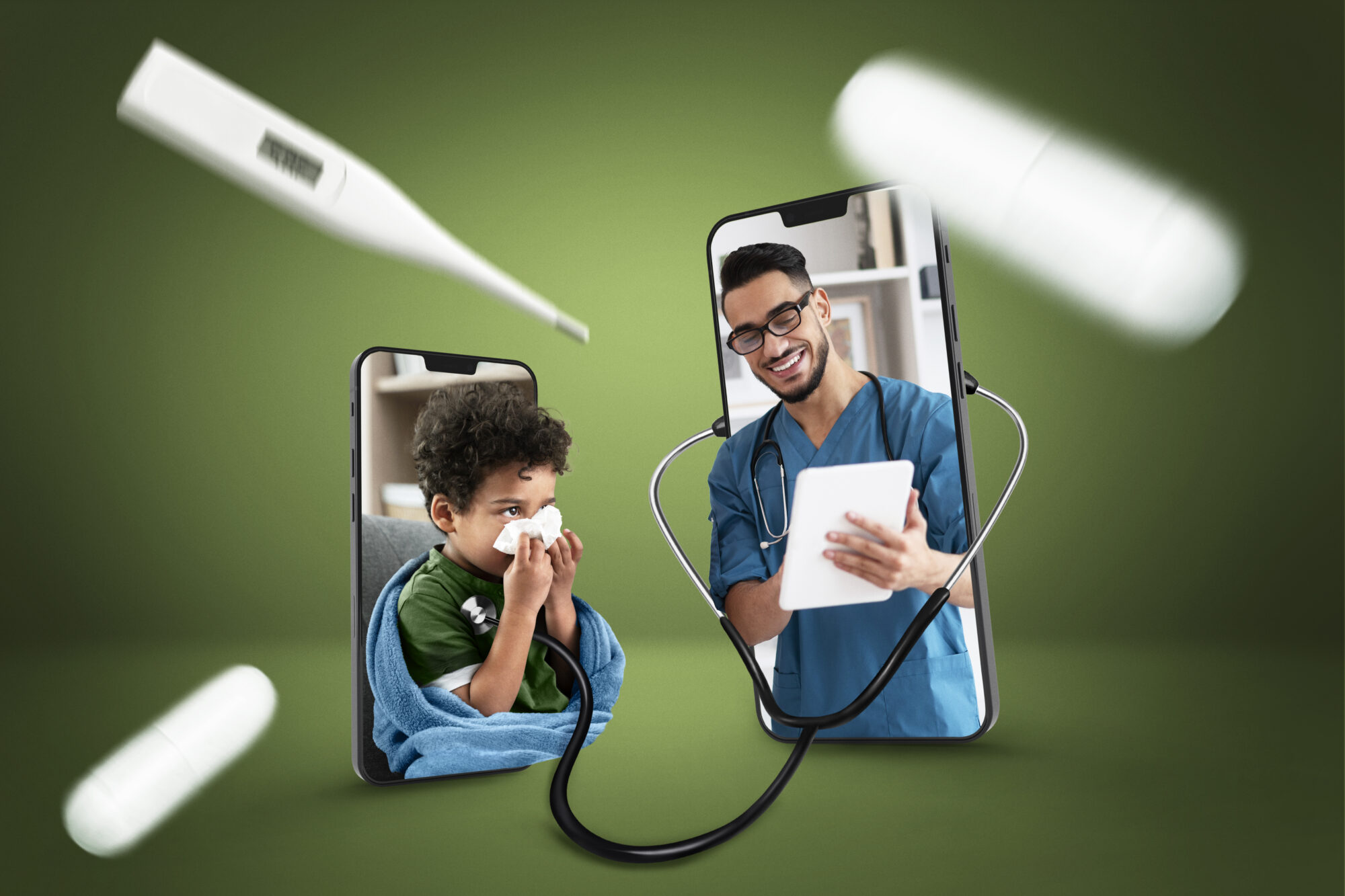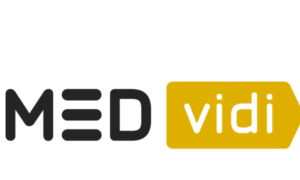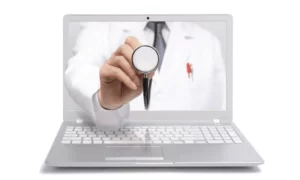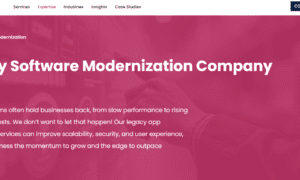Digital healthcare is a new frontier in the global medical field and telemedicine has sprung-up as the game-changer in the mix – bridging patients with healthcare providers within a few clicks. The rise in demand of virtual care solutions has resulted in transformation of telemedicine apps from optional add-ons to healthcare necessity. Whether it’s a healthcare startup focusing on strengthening their industrial-foothold, or a medical facility planning to expand digitally, telemedicine apps have become a must for all.
But, how to create a functional telemedicine app that is truly impactful & noteworthy? You need assistance from experienced app developers alongside industry-experts who understand the nitty-gritty of similar kinds of app development projects. This complete guide explains the top features of the modern-day telemedicine apps, describes the step-by-step guide to telemedicine app development, and what future has in-store for these apps.
Top Features of Telemedicine Apps
Understanding the top features of telemedicine apps is vital to building a successful virtual healthcare system. These features not only boost the patient’s reach for superior healthcare, but ensures seamless remote consultations. Thus, the partnership with an experienced telemedicine app development company will prove instrumental in developing real-time telemedicine apps within a set budget.
Let us now explore the must-have features for telemedicine apps:
- User Profiles and Authentication – Fully secure login access to E-Care is available for doctors and patients with their specific roles having unique profile privileges.
- Video & Audio Consultation – The primary feature is high-quality video and audio streaming for seamless real-time communication. Here, connectivity is a core necessity.
- Appointment Scheduling – It includes flexible bookings, cancellation, or appointment rescheduling through active calendars and automated reminders.
- E-Prescriptions – Facilitates the generation and forwarding of prescriptions to pharmacies through their APIs as needed.
- In-App Chat – Secure messaging for follow-up consults, queries, or sharing of files.
- Payment Integration – Simplified billing and processing of insurance claims through several payment gateways.
- EMR/EHR Integration – Continuity of care and care compliance with integration to electronic medical records.
- Compliance & Security – Sensitive health data as per HIPAA, GDPR, or local guidelines is always maintained and protected.
Step-by-Step Guide to Telemedicine App Development
Telemedicine apps are much more than just digital apps, but these are portals that connect patients with healthcare professionals. It helps to tackle challenges because of distance, time, and accessibility. The transformation of healthcare delivery begins with an idea. What steps are necessary to develop that idea into an operational app? The following is a creative, impact-oriented guide detailing every step along the way to developing a telemedicine app.
-
Identification of Market Trends and Opportunities
In-depth research often comes hand in hand with unmatched success, especially when it comes to designing an app. In this initial phase, demographics of the selected area is evaluated. Do the patients need quick access to physicians? Do the elderly require chronic ailment treatment or medical care? Analyze competitors as well, in order to cover gaps in the market such as mental health, pediatrics, or dermatology. Remember to keep your targeted audience in mind, as they dictate the success of your app.
-
Design Core Features: Define the User Experience
Decide upon primary video consultations, appointment booking, chat, e-prescription, and payment functionalities for your app. The focus, however, should be on making the app multifaceted. Consider adding value through advanced notifications, multiple languages, AI symptom checkers, and integration with wearables. Prototypes enable easier navigation and experience, so build them as needed.
3. Choose the Right Tech Stack: Build the Brains Behind the App
The section of robust and scalable tech stack is a key factor in telemedicine app development. The medical organizations can develop suitable telemedicine apps with front-end frameworks like React Native or Flutter, and back-end technologies like Node.js or Django, and secured databases like MongoDB or PostgreSQL.
4. Design with Empathy: Create a Seamless UI/UX
Designing for healthcare requires an empathetic touch. It demands warmth, intuition and understanding which is personal. Use a clean, uncluttered interface with easy navigation. Calm trust-inducing colors along with making the application more appealing. Accessibility is paramount — consider users of all ages and abilities.
5. Develop and Integrate: Code Meets Care
This is the stage for implementing video calls, geo-tagging, payment processing, and EHR and amalgamating them into a single application.
6. Test Rigorously: Heal the Bugs Before
The apps perform comprehensive QA experiments, including manual and automated, as well as performance and security testing. It includes running simulations of real-life usage such as the call stability and data precision.
7. Launch & Iterate: Go Live and Listen
When your app goes live it is the beginning of a continuous evolution. Gather information from user feedback and analytics to enhance the app in real-time.
Future of Telemedicine Apps
Upcoming telemedicine technologies are going to be nothing less than transformative as they are fueled by advanced technologies and evolving patient needs. This is what’s on the horizon.
Diagnosis with AI
Algorithms for machine learning assists in the initial diagnosis of each patient, and supports the facilitation of faster & more efficient triaging than ever before.
RPM (Remote Patient Monitoring)
IoT devices like smartwatches, glucose meters, and ECG monitors are continuously integrating with telemedicine platforms, to provide real-time vital feed for ongoing care.
Consultations with AR and VR
With Augmented and Virtual Reality, remote physical examinations and therapy sessions will be more engaging and effective.
Voice Assistants & Chatbots
Bots powered by AI help to manage simple patient inquiries, bookings, medication, and follow ups, to alleviate some of the work done by humans.
Blockchain for Health Records
Patient records are securely kept without any alterations being made on Blockchain’s platform. This increases the security and trust of the records being stored.
Personalized Healthcare
The use of analytics and genomics will enable future applications to create individualized treatment protocols tailored to the specific needs of an individual.
Global Telehealth Expansion
These advancements facilitate universal access to healthcare regardless of location with the help of 5G, language translation, and localization.
Final Thoughts!
Telemedicine is no longer just futuristic; it’s a present-day phenomenon. The changing expectations of patients and digital evolution which is taking place across the industry requires a healthcare provider or a startup to develop an easy to use telemedicine app. Every element from easy to book video consultations, safe data security, and so on are essential for meaningful virtual care experience.
Your partnership with a quality healthcare app development company incorporates the use of new technologies. With the right team, healthcare facilities can develop a solution that not only addresses today’s challenges but also sets the stage for future advancements. Use this guide to become a pioneer in delivering care that is accessible, efficient, and prepared for the future, anytime and anywhere. One of the main innovations in healthcare is digital technology and it is already being integrated.



































